(2650 products available)



















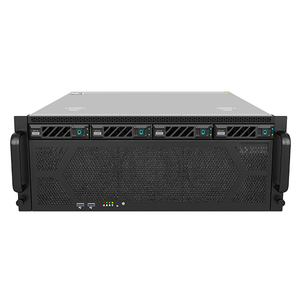
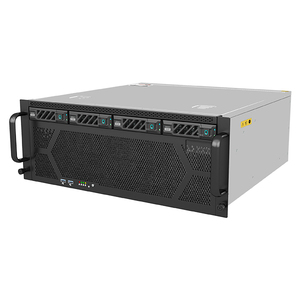
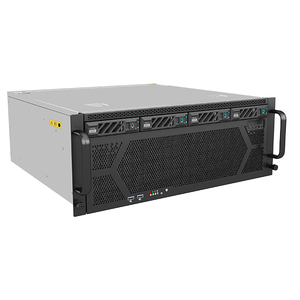
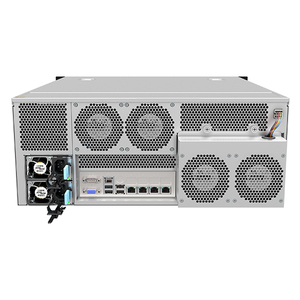
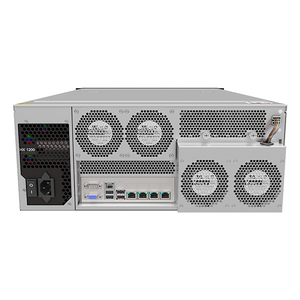
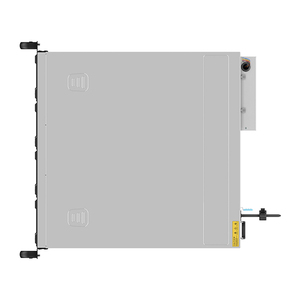




































































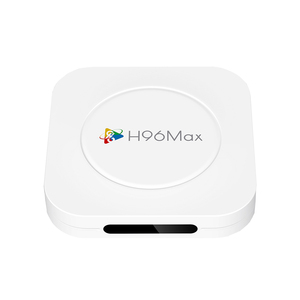




 Ready to Ship
Ready to Ship
































































































































A video quad processor is a kind of video processor that can display and control video signals from up to four different cameras on one monitor. It is used in surveillance systems to monitor various areas simultaneously and is available in different types. They include the following:
A video quad processor enables users to watch multiple video streams on an LCD or other display devices. It can split the video screen into two, four, or more parts. Users can see several video feeds simultaneously or on demand. The processor can show these views on the same screen, which is called a multiscreen display.
A video processor has a central control system that manages all the video feeds. It can change the video display in real-time according to user needs. The processor also has video wall software that helps users to customize the video wall layout, display, and other settings.
A video wall processor can display a smaller video feed on top of a larger feed. This is called a picture-in-picture display. Users can see the main video on the screen and a smaller video in one corner. The video processor allows the user to move the smaller video to any part of the screen. The processor displays the picture-in-picture and other screen layouts clearly without any loss of picture quality.
A video processor can switch between video feeds without any delay or flicker on the screen. Users can use a remote control or software to change the video input. The processor supports various video inputs and outputs, such as HDMI, DVI, VGA, and DisplayPort. It can work with different types of video sources, including computers, cameras, and media players.
A video processor has edge blending technology that creates a seamless picture across multiple screens. The edges of the screens are not visible, so the entire video wall looks like one large screen. This feature is useful for presentations, digital signage, and other applications. The processor has software that allows users to adjust the blend of the screens. They can overlap the edges a little or a lot, depending on the size of the video wall and the room.
Video walls have thin bezels or borders around each screen. If the bezels are thick, they can block part of the image. A video wall processor compensates for the bezels so that the pictures on each screen line up perfectly. This makes the video wall look like one big screen without any disruptions.
The video quad processor is often used in control rooms, digital signage, and other professional and commercial applications to create video walls. It is a device that processes video input signals and splits the video into multiple display outputs. The video quad processor takes video signal inputs from sources like computers, cable boxes, and cameras. The processor then processes these signals to enhance quality by adjusting brightness or contrast levels before splitting them up for display on various screens simultaneously. This allows users to view one large image made up of smaller ones arranged in a grid pattern without any visible borders between them. Security monitoring centers commonly use these walls because they enable operators to see more information at once by combining different images into a single view. Offices may also install them as part of their presentation systems, so everyone can share content during meetings. Retailers sometimes use them to create eye-catching displays showing off products, while sports bars might have them to broadcast several games simultaneously. The possibilities are endless when it comes to situations where this technology could be helpful. It is an essential piece of equipment for anyone looking to create a video wall. This is because it takes one image and splits it into many so that they can be displayed on multiple screens at once without any noticeable borders between them, making it easier for people to see more information simultaneously. Businesses in various industries often use these walls because they allow users to view multiple images simultaneously, which can improve productivity and collaboration among team members, among other benefits.
When choosing a video quad processor, one must consider the types of video sources they intend to use. This is because some processors only support certain types of analog and digital video inputs. For example, if one plans to use HDMI cameras with the processor, they need to ensure the model can accept HDMI signals.
Another important factor to consider is the number of video channels required. This depends on the surveillance system's size and complexity. Large-scale installations with many cameras will need a quad processor with more channels than smaller setups.
The resolution support should match or exceed the video cameras' resolution to get the best image quality. Users should also check the frame rate at which the processor can display footage. Higher frame rates provide smoother playback, making it easier to see details like license plates or faces during an incident.
It is also important to verify that the processor has the necessary connectivity options. This includes inputs for video sources, such as HDMI or composite video, and outputs to display the processed video on a monitor or recording device. Other features to look for when choosing a video quad processor include video analytics, which allows for intelligent monitoring and alerts based on predefined criteria like motion detection or object tracking.
Remote viewing capabilities are essential for checking in on the surveillance system from anywhere with an internet connection. This is usually done through a mobile app or web browser interface. Another feature to look for is compatibility with existing security cameras, as some processors may only work with specific models.
When selecting a video quad processor, it is important to consider how the processed video will be stored. This can be done using a digital video recorder (DVR) or network video recorder (NVR). The amount of storage space required depends on factors like video resolution, frame rate, and how long footage needs to be retained for legal reasons or future reference.
It is also important to consider the cost of the video quad processor and ensure it fits within the budget while still meeting all requirements and expectations. Users should also read reviews from other people who have purchased the same model to get an idea of its performance and reliability. They can also ask questions about installation or any issues that may have arisen during use.
Q: What is a multi-view processor?
A: A multi-view processor is a device that combines multiple video inputs into a single output. It can display multiple videos simultaneously on a video wall or other display, which is useful for monitoring or presentation purposes.
Q: What does a video wall processor do?
A: A video wall processor is a specialized graphics card that is used to drive multi-display video walls or other large-format displays. It takes input from a computer or other video source and then splits that image into multiple outputs to create a seamless, high-resolution display.
Q: What is the use of a video wall controller?
A: A video wall controller is a device that takes input from various sources, such as computers, cameras, or video players, and then processes and displays that content across a video wall or multiple displays. It is commonly used in control rooms, digital signage, and other applications that require a large, unified display.
Q: How does a video wall processor work?
A: A video wall processor works by taking input from a video source, such as a computer, DVD player, or camera, and then splitting and processing that signal to display it across a video wall or multiple displays. It can perform functions like scaling, cropping, and compositing to create a seamless and high-quality visual experience.